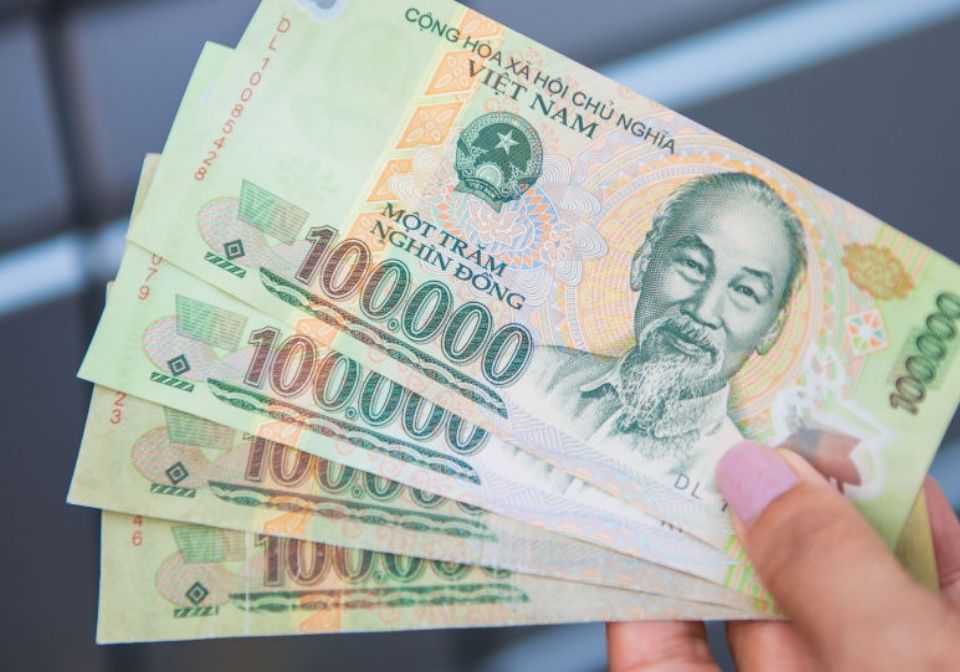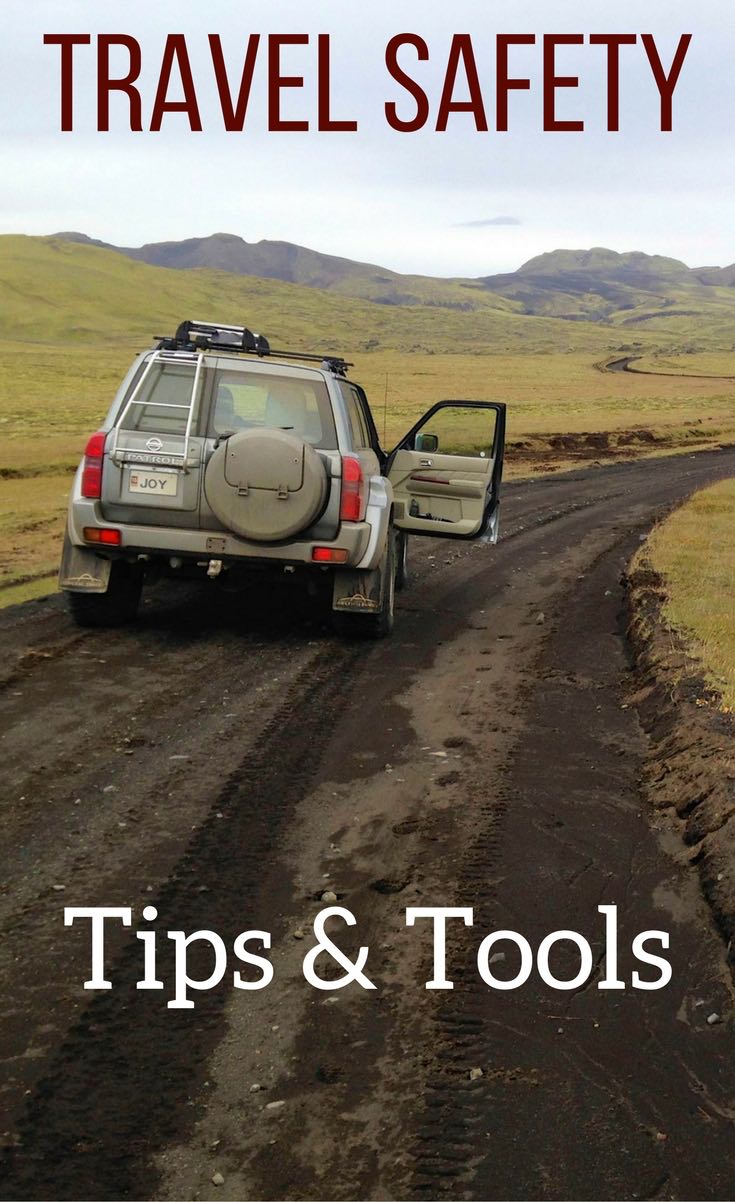we’ll cover several things. The majority of the country sits on the South China Sea and the weather there is great for hanging out at the beach for the majority of the year.
Weather in Vietnam

The weather in Vietnam varies from month to month, but not that much. North and Central Vietnam are slightly cooler than South Vietnam. The weather here is dictated by two seasons that fall under a tropical monsoon climate. April to September has the southwest monsoon and the northwest monsoon occurs from October to late March or early April
While monsoons are mostly associated with heavy rains, this is not always the case with Vietnam weather patterns. That being said, there are months in which there is heavy rainfall in Vietnam, but it is usually not year around as the name of the seasons might lead people to believe. The southwest monsoon season is the wettest and warmest and the northwest monsoon season has cooler, drier air. The exception, to the weather patterns in Vietnam, is Hanoi as this city can be quite cold in December and January. The country is broken up into three regions for the weather patterns and well briefly talk about them now.
Northern Vietnam experiences cool to cold seasonal weather from the northeast monsoon from November to March with the hot season from April to October
Central Vietnam experiences the most drastic weather including typhoons and flooding August through November. This region also sees much more rain than the other two during the northeast monsoon season. However, the area along the southern coastal strip (where Nha Trang is situated), sees much less rain and experiences longer, dryer parts of this season.
Southern Vietnam sees quite a bit of rain but it is also quite hot and humid especially during the southwest monsoon season. The southwest monsoon is from April to September with June through July seeing the most rain. Ho Chi Minh City (Saigon) usually sees flooding this time of year. The island of Phu Quoc, situated off the southern coast, has the worst weather and can experience especially rough seas.
The local currency

The most common currency in Vietnam is the Dong (VND). The Dong comes in dominations of ten thousand, twenty thousand, fifty thousand, one hundred thousand, two hundred thousand and five hundred thousand. The most commonly used denominations are one hundred and two hundred thousand
That being said, it’s best to carry the smaller notes because many places in Vietnam are unable to provide change for the larger notes.
The US dollar (USD) can be used in many places within Vietnam. However, if you travel or move there it is recommended to convert your dollars to the Dong for everyday use. Both expats and local Vietnamese say that using the Dong will get you the best price wherever you shop.
Not many places in Vietnam will accept credit cards, so before you move, it is best to pay off whatever credit cards you have and be done with them. You can keep them to use on international or online purchases, but note that they aren’t widely used in Vietnam.
Exchange rates fluctuate and vary but currently one US dollar is equivalent to about 22,222 VND (Vietnam Dong)141.
When arriving in Vietnam, you can exchange your US dollars at any Vietnamese bank. However, in order to do so there is a form you must complete and you’ll also need your passport for identification.
The government-run Vietcombank accepts and exchanges VND for the following currencies:
- US, Australian, Canadian, Hong Kong, and Singaporean Dollars
- Euros
- British Pounds Sterling
- Thai Baht
- Japanese Yen
Vietnamese banks, and most other places, will typically not accept torn or damaged notes of any currency. If you do deposit a damaged note, as an example via an ATM, the bank may charge you an extra transaction fee of 2% of the note’s value.
Banks are typically open on weekdays from 8am to 3pm, with a lunch break from 11:30am to 1pm. You should be able to change foreign currencies and travelers’ checks in urban bank branches, but these services are not always available in smaller more rural towns.
Once everything is converted, you can get a bank account and a bank card. Like you’ll find in the United States, Vietnam has machines that are much like an ATM where you can withdraw cash (VND).
Tips to travel safely

A key travel tip, especially when traveling outside your home country, is to notify you bank(s) and credit card company(s) of your travel plans so they don’t inadvertently detect “fraudulent activity” and shut off access to your debit or credit card(s). Worse yet, sometimes the cards get inadvertently cancelled requiring replacement cards to be issued. There are also cases of cards getting shut off even when you’ve informed them of your travels in advance. Many travelers find this out the hard way and then spend hours and sometimes days trying to resolve the situation dealing with “customer support” often via international phone calls. It is also suggested to have multiple cards in case this does happen.